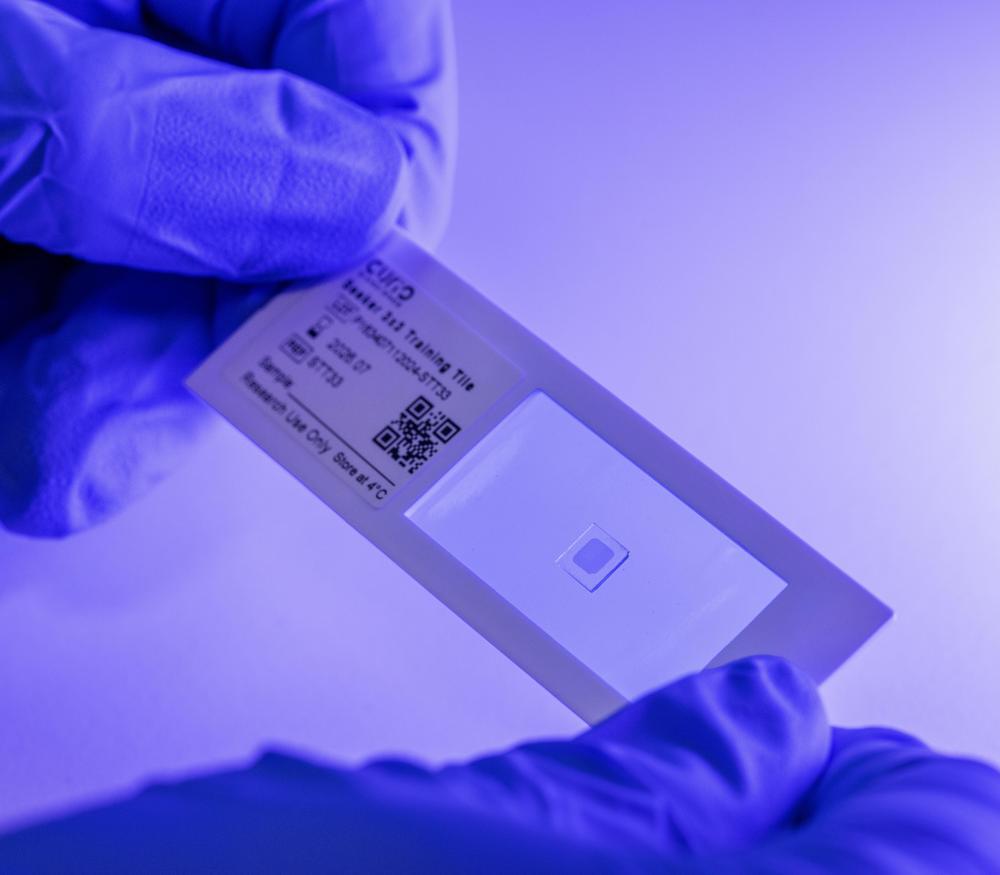Spatial Biology is transforming how we understand disease and therapeutic response, by simultaneously revealing what is happening and where.
Our spatial platforms provide high-plex, quantitative data within intact tissue environments, helping researchers uncover cell-specific signals, pathway activity, and molecular patterns that bulk analysis often misses.
Whether you are validating a target, mapping disease mechanisms, or identifying the right patients for a therapy, our spatial capabilities are built to answer critical translational questions with clarity and confidence.

We provide a suite of spatial biology solutions designed to deliver high-resolution, biologically contextualised data to support informed decision-making across therapeutic areas.
Our approach integrates advanced Spatial profiling technologies with disease-relevant tissue models to ensure each dataset reflects real tissue architecture and clinical relevance.
From profiling target expression in complex tissues to uncovering cell–cell interactions and microenvironmental dynamics, our capabilities enable you to validate therapeutic hypotheses and guide biomarker strategies with confidence.
Whether you are working in oncology, immunology or infectious disease, we help to generate the spatially resolved data needed to accelerate your path to the clinic, reduce risk and enhance your confidence in your drug discovery pipeline.
Our team of scientists and technical staff are eager to partner with you on your drug development goals to make faster decisions. Our comprehensive spatial biology solutions include:
Spatial analysis
We can quantify and analyse characteristics within whole tissue sections and tissue microarrays to characterise cellular activity within a tissue microenvironment.
Digital Spatial Profiling: Whole transcriptome and high-plex spatial proteomics
We use the NanoString GeoMX Digital Spatial Profiler (DSP) to generate rich spatial data from Formalin-Fixed-Paraffin-Embedded (FFPE) and fresh frozen tissue samples.
Spatially resolved multi-omics analysis by Mass Spectrometry
We can provide spatial multi-omics data with a comprehensive view of the multi-molecular environment of a complex biological system. Giving you insight into drug distribution, cell-type specific metabolism, off-target effects, and biomarker discovery for disease or response to a specific therapeutic.
Disease mechanism and target discovery
We can help researchers pinpoint novel biomarkers and signalling pathways within specific tissue regions. By comparing molecular profiles across distinct areas, we help uncover how disease manifests at the cellular level and how different cell populations contribute to progression.
Therapeutic impact and resistance
Our platform enables the assessment of downstream effects after drug-target engagement, providing insight into therapeutic efficacy and revealing mechanisms of resistance.
Patient stratification and Biomarker discovery
Spatial profiling links molecular signals to histological context, supporting the identification of relevant patient subgroups. These insights can guide indication selection, support companion diagnostic development and inform combination therapy strategies.
NanoString GeoMX Digital Spatial Profiler (DSP).
Curio Seeker – high-resolution, whole-transcriptome spatial mapping kit.
AtlasXomics FlowGel.
DESI with Synapt G2-Si.
AP-MALDI with the Exploris 240.
Our laboratory uses a state-of-the-art NanoString GeoMX Digital Spatial Profiler platform for spatial tissue analysis.
“Our platform offers flexibility, resolution, and real-world relevance. Whether you are working with RNA or protein, FFPE or frozen tissue, we can generate high-content spatial data tailored to your research goals.”
Dr Michael Eyres, Lead Scientist


Whether you are just starting to explore spatial technologies or looking to validate biomarkers for clinical development, our team can help guide you every step of the way.
Fill in the form today and speak to us to see how we can help advance your drug discovery project.